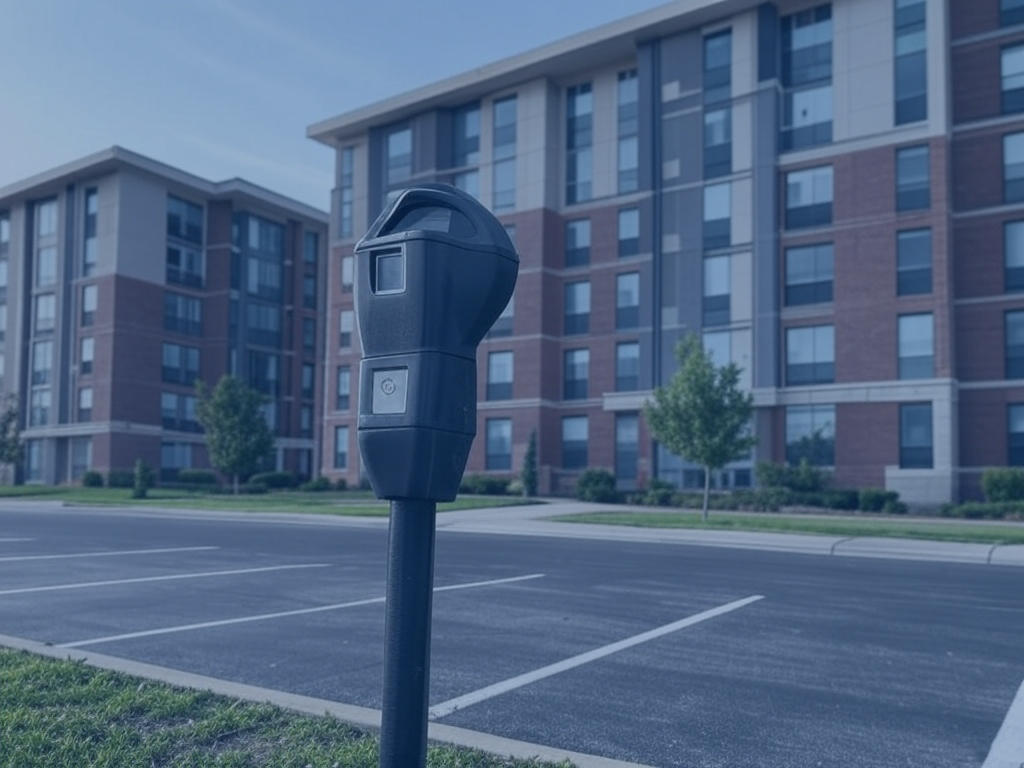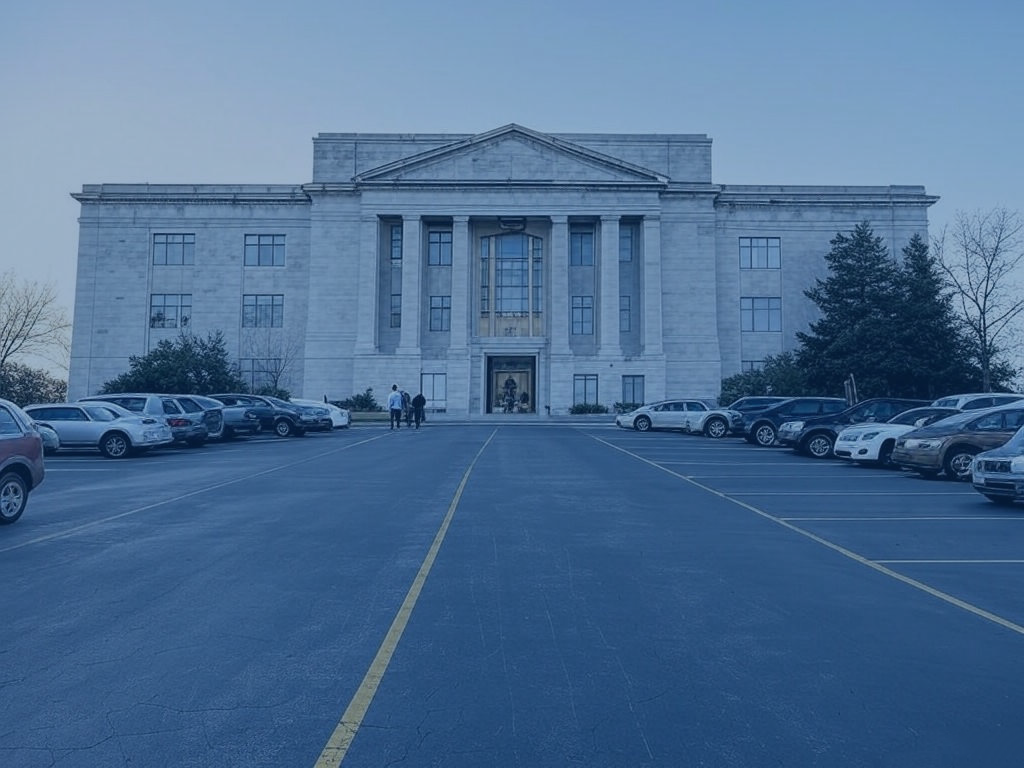Flexibility has become the new standard since the COVID pandemic.
This has led to many of us working from home or taking on a hybrid work schedule where we mix both on-site and remote working.
Although this has some clear environmental advantages, such as less overall commuting, the phenomena may not be good for the environment as a whole.
The majority of offices are still open 5 days a week, with lights and heating on even if there’s only a handful of staff present. By having more people on site it’s a better use of that energy.
What is certainly true is that businesses have less control over the sustainability goals in the work environment when their staff are working from home. That is why many companies are now aiming to get their employees back into the office.
Here are a few reasons why a return to the office might be the right move for your sustainability goals.
Table of Contents
ToggleWhy returning to the office can support your ESGs
Achieve sustainability goals with parking management
Discover how Wayleadr's parking management can help you meet your sustainability goals
Learn MoreTransport
When working from home, obviously employees don’t have to commute to the office. This is clearly a positive because the lack of pollution being pumped into the atmosphere by vehicles in traffic.
However, there has been research to show that there can be more short drives when people are working remotely. In fact, research from California showed a 26 percent increase in the average number of short trips. This could partially be due to remote workers being more able to get up from their workspace and run errands during the working day.
If your company can get staff back to the office and bring in policies to combat single-vehicle commuting, then it could be combatting emissions in the long run.
Technology
With hybrid working, many companies are purchasing their employees the technology necessary for them to work from their home. However, in many cases, this has led to a doubling up on tech equipment, such as laptops and printers, and this has led to issues around e-waste.
There are obvious problems in regards to this, not only around businesses’ environmental impact, but also around their overall efficiency.
Energy
As touched upon by the Harvard Business Review, companies can’t dictate how people use energy when working from home. Thus, there is a fragmented approach to employees being greener.
The aforementioned Harvard Business Review stated: “Remote work presents fresh challenges for how best to observe and influence behaviors that matter for sustainability. Employees’ homes represent their private sphere and organizations need to tread carefully so as not to overreach”.
You have company control over what takes place in the office. When you have everyone working remotely from home, corporate discretion is now employee discretion.
Stacy Kauk: Shopify
Waste control
As an extension of the above point, when staff work from home, the business has no control over waste. Of course, there will be employees that take on best practice when it comes to recycling and waste disposal.
However, that goes in the opposite direction too, where some staff members will not be as environmentally conscious of how they dispose of their waste.
Encouraging employees back to the office
Of course, remote and hybrid working does suit some organizations. It can also be more environmentally friendly than on-site working, when done right.
However, if you want to have more control over your company’s footprint, then you may be looking for ways to entice staff members back to the office.
Here are just a few…
Eliminate commuting issues
One of the key reasons employees don’t want to return to the office is the issues of the commute. Employees are now accustomed to having their car parked in a reliable space, having to not deal with traffic, and knowing whether or not they can charge their EV before their day starts.
Of course, if you want to entice these people back, there is a solution to all of this.
Parking management software, such as Wayleadr, allows for staff members to book a parking space in advance of arriving at the office, ensuring they have a dedicated space, suitable for their vehicle.
It can also be synced with EV charging facilities, for booking and time management. You can even use it to encourage carpooling and buddy-up systems, which can make the commute far more attractive to your employees.
Achieve sustainability goals with parking management
Discover how Wayleadr's parking management can help you meet your sustainability goals
Learn MoreCommunicate your strategy
It is likely that there are staff members working from home who actually want to return to the office.
These employees may be tired of their increasing energy bills, or feel as though they don’t have the right set-up to be as productive as possible in their homes.
However, without the right communication, they won’t know that this option is available to them. Put simply, one of the easiest ways you can entice workers to return to the office is to simply communicate with them.
Align with values
There may also be workers who don’t want to return to the office, as they feel that they are being greener by not commuting and working from home.
By communicating your organization’s green goals, you can show these workers that they can be part of a more environmentally conscious community by rejoining your workplace.
Focus on team building
There are many employees who miss the camaraderie of going into the office every day. For these workers, remote tasks can be a lonely experience.
By selling and following through with the team aspect of returning to the office, you can attract these people. Events and get-togethers, especially where people who joined the business during COVID are present, are a good way to build team morale and showcase the power of collaboration.
Embrace technology
There is a chance that not everyone you offer office working to will want to return. For these people, who prefer hybrid or remote working, you may want to keep offering them flexibility.
If that is the case, those who are returning to the office will want to know that they are still connected. A good communication app, such as Slack, can do that for you. That way, both remote and workplace employees can stay connected.
Conclusion
Overall, it’s clear that both remote, hybrid and in-house workspaces can be more environmentally friendly if they have the right policies and procedures in place.
Want an in-depth guide on how to reduce car dependency check out our blog – The guide to reducing car dependency at work.
Parking management isn’t the only lever available to move the dial. Discover how the wider proptech movement can help or how to boost public transport usage at your business.
Wayleadr can help you in this regard. Simply contact us today and we can show you how our technology can facilitate a smooth return to the office and make your workplace a greener option than working remotely.







One Response
I often enjoy reading your writings; thank you for providing this one.